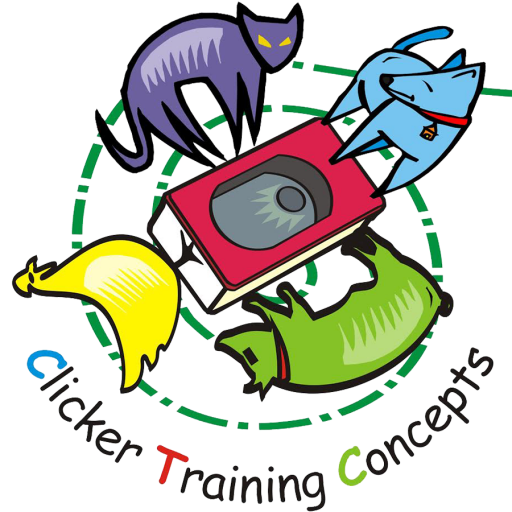Some years ago I imported a dog from Belgium, and was encouraged by the local club to enter him in breed shows. Having never been a great fan of beauty contests, I was somewhat hesitant to do this. However, I was assured that my puppy had the makings of a breed champion and that it would be a pity not to at least have him assessed under various judges. So I started showing in the breed arena.
For those of you who are unfamiliar with this sport, it entails acquiring a dog which is registered with the country’s Kennel Union. One then enters a show (either open or championship) and arrives bright and early at the show grounds. After finding a suitable parking spot and setting up a chair to sit on as well as shade and water for the dog, you settle down in front of your ring for a long day. Rings are allocated according to the different sports dogs are bred for, so there is a ring for e.g. toys, working, herding, terriers, hounds, utility, etc. I have a Malinois (one of the four varieties of Belgian Shepherd Dog), and so had to wait outside the Herding ring. The dogs are shown in alphabetical order, so Belgian Shepherds are preceded by other breeds like Australian Shepherds, Australian Cattle Dogs, Beauceron, etc. Dogs are shown separately from bitches, and for some reason the males go in to the ring first. Once your class is called, you enter the ring and the dog is checked for any disqualifying faults, such as an incorrect bite, missing teeth, eyes that are too light, incorrect coat colour, etc. Disqualifying faults vary between breeds. Once that has been ascertained, the dogs are run in a circle, triangle and straight line so that the judge can check to see whether the gait of the dog is correct for its particular breed.
As instructed by the regular attendees to these shows, I entered and my dog often won his class and sometimes the coveted Challenge Certificate and Best of Breed awards. I became more courageous and started travelling a little further to attend shows, as you need to win 5 Challenge Certificates under different judges for your dog to earn the title of Champion (Breed). I had already qualified dogs in various working disciplines, and thought it might be quite nice to have a breed champion as well. So I began to show my Malinois (his name was Danjo) more seriously.
As often happens, some of us handlers gravitated together and began to try and make the tedious waiting day a little more bearable. (it is not uncommon to arrive at the grounds at 07h00 and only leave again at 17h00, having only had two spells in the ring of about 2 minutes each). On one occasion, a friend and I agreed to meet at a show in Pietermaritzburg and spend the day together. My friend was even more of a rookie at this game than I was, and asked for some pointers on how best to show her dog, which was a Standard Schnauzer. Only too willing to show off my newly acquired knowledge, I told her that the most important part of showing was your grand entry into the ring. (a judge had told me a couple of weeks prior to this that most judges are influenced by their first impression, and a good entry into the ring is a good way to get the judge to take note of your dog from the outset).

This is quite difficult to explain, so I told my friend not to worry, just to watch how I (the Undisputed Expert of Grand Entry into The Ring) did it. So she stood there with bated breath and watched my class being called up. The three dogs in front of me trotted into the ring with tails pluming and handlers preening. Then it was my turn…….
Determined to put my new-found knowledge to good use, I gathered up the lead, called to my dog and charged into the ring. Unfortunately I forgot to check where the entrance gate was, and so instead ran straight into the boundary tape, tripped up and promptly fell flat on my face. My beautiful dog (no doubt horribly confused by this new mode of locomotion), leapt on to my back and sat on me. Gasps of horror from the onlookers! The judge ran forward to help me back on to my feet. Now thoroughly confused, Danjo decided that this man was the cause of all the disruption and tried his best to fend him off. Being a breed that is used to guard and defend his property (which includes owner), Danjo did this by lunging forward and trying to bite the judge, who very wisely leapt out of the way. As I still have a firm grip of the lead, the dogs’ charge was short lived. Once I’d regained my breath, I struggled to my feet (covered in mud as it had rained heavily the night before) and staggered back in to my place. The judge very kindly allowed by to compete (he could have excused me due to the dogs aggression). Needless to say, my dog was placed last.
Eventually the class ended and I was allowed to scurry out of the ring with my poor non-champion dog. My friend was still in her spot at the side of ring – her eyes were big and bright. “My word”, she said – “I see what you mean about making the judge take note of you! But I think I’ll just stick to the conventional way of competing, if you don’t mind.”









